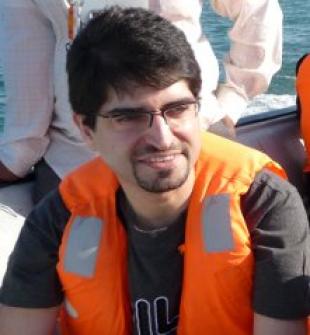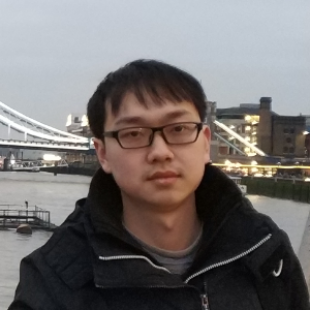Post date:
Dstl presented their challenge at a UDRC Themed meeting on Deep Learning and provided Vehicle-mounted GPR array data (3D) collected overground with buried targets. The UDRC community's challenge was to produce an automated scheme to detect targets of interest with a high probability of detection and a low false alarm rate. Dstl also wanted the method to be suitable for real-time operations.
Mehrdad Yaghoobi, a lecturer at the University of Edinburgh, developed the winning algorithm and used a deep learning approach to separate the target from non-target images. The GPR images were generated using inverse fast Fourier transform (IFFT) from raw data. A CNN was trained based on 1400 distinguishable target images and two classes of surface and deep normal image patches, to incorporate the surface reflections' effect. In a supervised fashion, the network was trained using SGD and for 100 epochs to get over 97% accuracy. However, the test accuracy for the targets with faded signatures was lower.
The runner up to this competition was Mr Jun Dong, a PhD student from the University of Strathclyde University and his algorithm used graph Laplacian regularisation. First, the inverse fast Fourier transform is performed, followed by graph filtering for signal denoising. The denoised signals are then classified using Graph Laplacian Regularisation, where each signal sample is assigned to a node in the graph. The method is shown to perform very well when the training dataset is small, e.g., containing a few labelled samples only, and corrupted. The next steps include improving feature selection and extraction steps and learning graph representation to capture the correlation between the extracted features.










